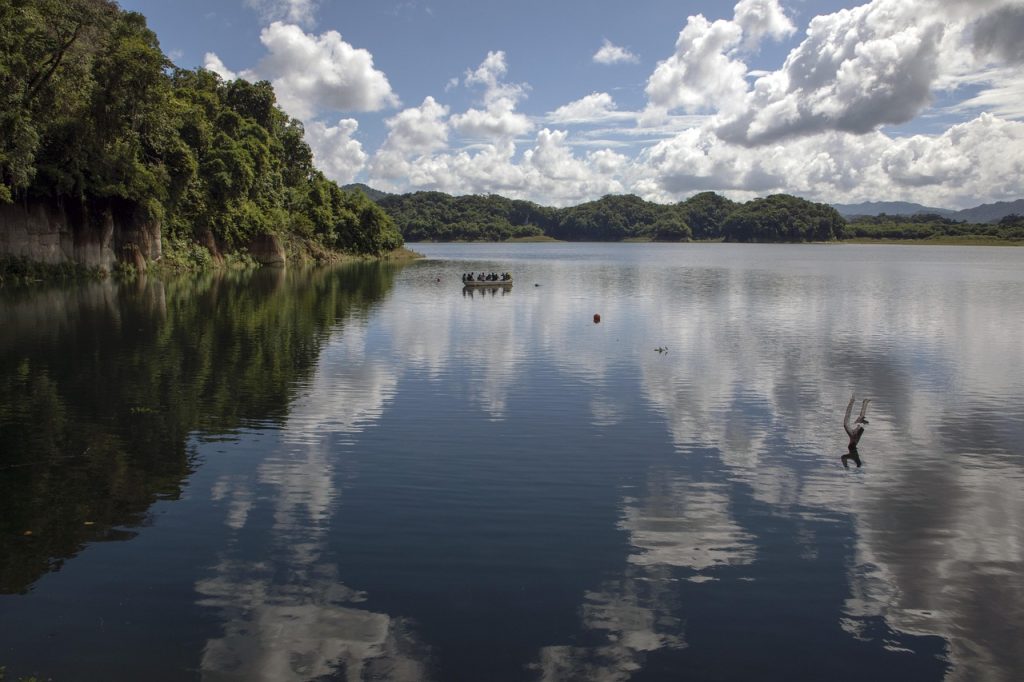The Secret Mayan City That Hid from the Spanish for Centuries
Others are reading now
Exploring lost cities is a dream for many adventurers. The mystery of ancient places hidden deep in forests has fascinated people for centuries.
Sometimes, these ruins reveal stories of entire cultures and the struggles they faced.
Recently, a group of explorers made an important discovery in the Mexican jungle. They found a lost Mayan city that had been hidden for hundreds of years, according to Historienet.
A People Resisting Spanish Rule
Earlier this year, four explorers moved through thick jungle and steep hills. They faced insects, snakes, and even jaguars.
Their goal was clear: to find Sak-Bahlan. This was a lost Mayan city built by the Lacandon people. The Lacandon are known for resisting Spanish rule in Chiapas, Mexico.
Also read
In the 1500s and 1600s, the Lacandon used Sak-Bahlan as a safe place. After the Spanish took their main city in 1586, they moved deeper into the jungle.
For over 100 years, they kept the Spanish away. But the exact location of Sak-Bahlan was unknown for centuries.
According to old Spanish records, the city once held about 500 people. The Lacandon survived by farming, especially growing corn.
They kept their culture alive while hiding and fighting against the Spanish. They also traded secretly with other Mayan groups to stay independent.
Clues from a 300-Year-Old Diary
In 1695, the Spanish found and captured their fortress. The Lacandon left the area in 1721. Over time, the place was forgotten.
Also read
The search for Sak-Bahlan was led by Brent Woodfill from Winthrop University and Yuko Shiratori from Rissho University.
The map that helped find the city was made by archaeologist Josuhé Lozada from Mexico’s National Institute of Anthropology and History.
Lozada used GIS technology. This is a tool that can map lots of data, including old records, the land’s shape, and plant life.
He also used a detailed 1698 diary from a monk named Diego de Rivas. The diary described journeys through the jungle and nearby rivers.
With this map, the team went into the jungle to check the site. They found solid proof that the city was there. They uncovered the foundation of a small church built by the Spanish.
Also read
Lozada said the find is more than archaeology. It gives a voice to the Lacandon people.
These were people who chose to hide in the jungle rather than be conquered.


